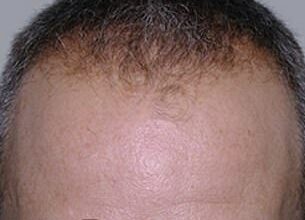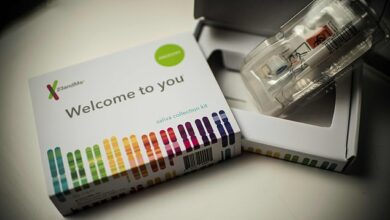How nanoplastics cause antibiotic resistance and the rise of superbugs
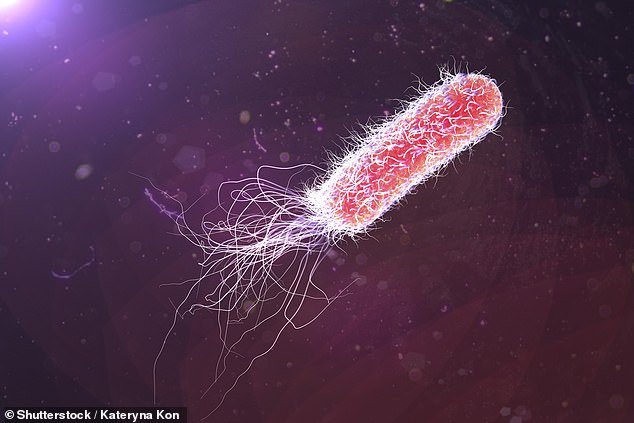

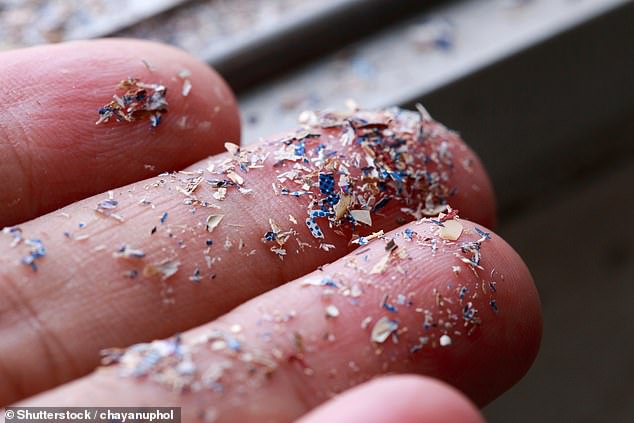
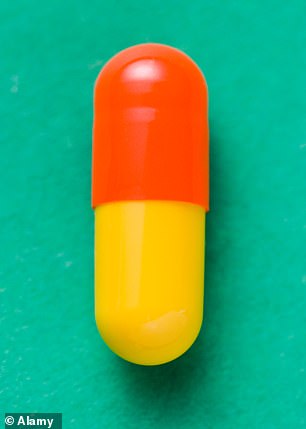
Nanoplastics can interfere with your antibiotics, making crucial drugs less effective and contributing to the rise of dangerous drug-resistant superbugs.
Using one of the most common antibiotics called tetracycline, rresearchers in Sweden, Germany And Hungary created a computer model to see how the drug interacted with pieces of plastic less than one-thousandth the thickness of a credit card.
They then tested what they learned in the model on human cells grown in the laboratory. It turns out that the antibiotics bind to the surface of the small plastic molecules.
This can cause the drugs to hitch a ride on bits of plastic circulating in the bloodstream, moving away from the infection they are intended to cure and going to parts of the body they are not intended for, making them less effective overall.
And because of the prominence of microplastic pollution in the environment and in our bodies, found from the deepest parts of the ocean to Mount Everest, researchers are concerned that antibiotics used to treat life-threatening diseases will no longer be effective.
Lead author Lukas Kenner, professor at the Department of Molecular Biology at Umeå University in Sweden, said: ‘The results are alarming when you consider how common nanoplastics are and because effective antibiotics can be the difference between life and death for many.’
Professor Kenner suggested that the plastic-hijacking drugs could make antibiotic-resistant superbugs more common.

An illustration of Bacterium Pseudomonas aeruginosa, a bacterium that can cause pneumonia, urinary tract infections and wound infections. Studies show that some strains have evolved to become antibiotic resistant, making Bacterium Pseudomonas one of the top six global killers in 2019
Because misuse of antibiotics can cause bacterial colonies to grow and mutate more quickly, these microplastics can make it easier for bacteria to become resistant to the drugs designed to treat them.
And when bacteria or fungi become resistant to antibiotics, they can grow and spread uncontrollably, making usually treatable infections impossible to cure.
According to the CDCAbout 2.8 million of these infections occur annually, killing about 35,000 Americans annually. The most common are Streptococcus pneumoniae, which causes pneumonia, Enterobacteriaceae, which causes food poisoning, and Staphylococcus aureus, which causes skin infections.
The CDC considers this trend, which continues to grow, an “urgent global threat.”
The new research linking plastics to this problem was published in the journal of Scientific reportsand it focused on four different types of nanoplastics.
These are pieces of plastic that have broken down to a length of less than one thousandth of a millimeter – even smaller than microplastics, which are five millimeters or less.
These come from polyethylene, polypropylene, polystyrene and nylon – found in plastic packaging, Styrofoam and clothing with synthetic materials such as nylon.
Heating, cracking or wearing these materials can cause small pieces of the product to flake off, where they are driven by air or water.
These are invisible to the naked eye and can be inhaled through the small channels in our lungs or swallowed.
From there, they enter people when we breathe or drink water containing the particles.
They have become so common that researchers have found them in human blood, breast milk and brains. According to the researchers, these particles are approximately five times more common in indoor air than in outdoor air.
For their research, the team used a computer algorithm that could model how the antibiotics dissolve and interact with the pieces of plastic, and then predict how they are used in the body.
They used one of the most commonly prescribed antibiotics, tetracycline, which treats everything from acne to pneumonia to infections spread by ticks.
Researchers found that all four types of plastic could adsorb the antibiotic itself and transport it through the bloodstream, away from the infection they were intended to target.
The nylon particles were the most adsorbent, followed by polystyrene, polypropylene and polyethylene.
The authors say nylon is one of the most common nanoplastics found in indoor air.
Nylon is a strong, stretchy synthetic fiber commonly found in sportswear, seat belts and ropes.

Nanoplastics are between 1 and 1000 nanometers in size, smaller than visible with the naked eye. These are even smaller than the microplastics, pictured above, which are five millimeters or less in size
After using computer models, the researchers tested the scenario on human cells grown in a test tube.
They did this by placing samples of the nanoplastic in the test tube and then applying the antibiotic to them.
The results mirrored what was found in the computer models: the amount of antibiotics getting into the cells changed when plastic was present, because antibiotic molecules stuck to the surface of the nanoplastics instead of going directly into the cells to cause an infection to attack. .
Professor Kenner said: ‘Although more research is needed to shed light on the links and possible measures, we can conclude from our results that nanoplastics pose a health risk that should be taken more seriously.’
Antibiotics are a powerful class of drugs used to kill bacteria and fungi that make people sick, but the pathogens are living organisms that can sometimes evolve, evolve and fight back against the drugs designed to destroy them.
Not following proper instructions for taking an antibiotic, stopping it too early, missing doses, or mixing it with substances that weaken it can increase your chances of developing antibiotic resistance.

Tetracycline (photo) is one of the most commonly prescribed antibiotics. Similar drugs include doxycycline, Minocycline and Omadacycline
For example, sometimes people stop taking their antibiotics when they feel better, rather than when they have finished the prescription.
Doing so could potentially leave behind a colony of bacteria, which can then multiply and mutate, turning into a strain that is resistant to the drug.
The researchers suggested that nanoplastics could have a similar effect by making antibiotics less effective.
The new study comes as scientists warn that resistance to antibiotics is increasing.
Recent research from the Global burden of disease Contributors to antimicrobial resistance suggested that if current trends continue, there will be 39 million deaths annually due to antimicrobial resistance by 2050.
This means that diseases that are now easily treatable, such as urinary tract infections or food poisoning, can become fatal.
That’s why the WHO calls antimicrobial resistance ‘one of the greatest threats to global public health and development’.
In addition to products in our homes, there are also other sources of nanoplastics, such as tires, cosmetics and seed coatings.
Older studies have linked the particles to a host of health problems, from delayed development to colon cancer and mood swings Association of American Medical Colleges.
It’s difficult to avoid plastic in everyday life, but there are steps you can take, Dr. Sheela Sathyanarayana, professor at the University of Washington’s department of pediatrics, told AAMC.
This includes using stainless steel water bottles instead of single-use plastic, avoiding reheating food in plastic containers, buying kitchen utensils made of glass, wood or steel, and taking off your shoes when you get home to avoid dust gets into it.

